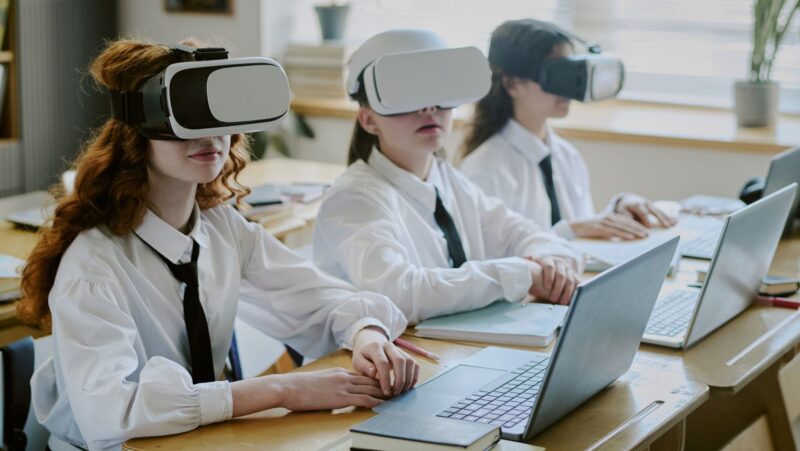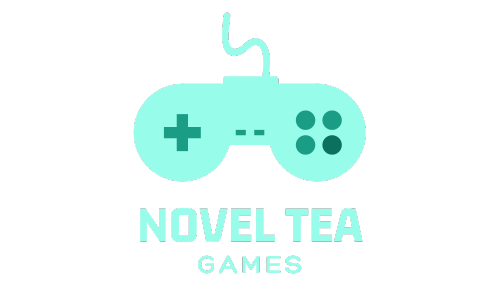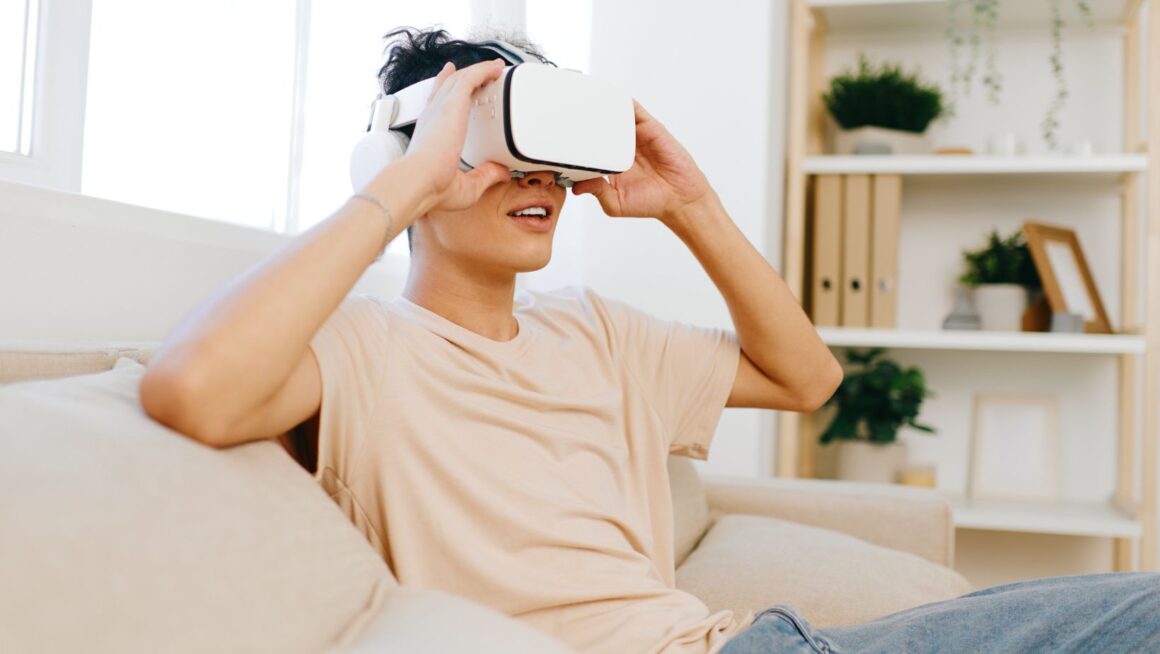In the rapidly evolving landscape of virtual reality, achieving true immersion is the ultimate goal. Braindance, a pioneering platform in the VR space, is pushing the boundaries of what’s possible with its cutting-edge vr games. At the heart of their incredibly realistic and interactive experiences lies a technology known as 6DoF, or Six Degrees of Freedom.
Six Degrees of Freedom (6DoF) refers to the ability of a rigid body to move freely in three-dimensional space. In virtual reality, it represents complete freedom of movement for the user, mirroring how we move in the real world. 6DoF encompasses two types of movement: translational and rotational. Translational movement allows you to move forward and backward, left and right, and up and down. Rotational movement allows you to tilt your head up and down (pitch), turn left and right (yaw), and tilt side to side (roll). The combination of these six movements creates a truly immersive VR experience.
Comparison to 3DoF
To fully appreciate 6DoF’s significance, it’s essential to compare it to 3DoF (Three Degrees of Freedom). 3DoF technology only tracks rotational movement. While you can look around in a virtual environment, you cannot physically move within it. Your position is fixed, and any attempt to walk or lean forward will not be reflected in the virtual world. This limitation creates a disconnect between physical movements and virtual experience, often leading to a less immersive experience. 6DoF bridges this gap by tracking both rotational and translational movement, allowing seamless interaction with the virtual environment.
|
Feature
|
3DoF (Three Degrees of Freedom)
|
6DoF (Six Degrees of Freedom)
|
|
Movement Tracked
|
Rotational only (pitch, yaw, roll)
|
Rotational and Translational
|
|
User Experience
|
Passive viewing, “on-rails” feel
|
Active, free-roaming, and interactive
|
|
Immersion Level
|
Limited
|
High
|
|
Common Use Cases
|
360-degree video players, simple VR apps
|
Advanced VR games, simulations, and training
|
The Technology Behind Braindance
Gaussian Splatting Technology
Braindance’s commitment to realism is powered by Gaussian Splatting. This 3D reconstruction technique allows for the creation of incredibly detailed and photorealistic virtual environments and characters. Unlike traditional methods that rely on polygons and textures, Gaussian Splatting represents scenes as a collection of “splats,” which are essentially 3D Gaussians. These splats capture not just color and position but also properties like opacity and shape, resulting in a more nuanced and realistic representation.
How Gaussian Splatting Enhances VR Experiences
Gaussian Splatting plays a pivotal role in enhancing Braindance’s VR experiences. By capturing real-life models and environments with multiple cameras, Braindance reconstructs them in stunning detail. This process allows for the creation of photorealistic human bodies that can be viewed from any angle. The result is a level of realism unattainable with traditional 3D modeling techniques. This technology, paired with 6DoF, allows users to not only view these realistic characters but also move around them and interact with them naturally, creating an unparalleled sense of presence and immersion.
The Importance of Immersive Experiences
Enhancing User Engagement
The combination of 6DoF and Gaussian Splatting creates immersion that significantly enhances user engagement. When users can physically move within a virtual environment and interact naturally, they feel a much stronger sense of presence. This heightened presence leads to a more engaging and memorable experience. In Braindance, users are not passive observers but active participants in the virtual world, creating a more profound and satisfying experience.
Applications Beyond Entertainment
The potential applications of 6DoF and Gaussian Splatting extend far beyond entertainment. In education, these technologies create immersive learning experiences, allowing students to explore historical sites, conduct virtual science experiments, or practice public speaking in a safe environment.

In professional training, 6DoF and Gaussian Splatting create realistic simulations for professions from surgeons to pilots, allowing them to hone their skills in a risk-free setting.
The Future of 6DoF and Virtual Reality
Trends in VR Technology
The virtual reality industry is constantly evolving. We are seeing trends towards higher-resolution displays, wider fields of view, and more comfortable headsets. Haptic feedback technology is also becoming increasingly sophisticated, allowing users to feel virtual objects and interactions. As these technologies mature, the level of immersion in VR will continue to grow, blurring the lines between real and virtual worlds.
Braindance’s Vision for the Future
Braindance is at the forefront of this technological revolution. Their vision is to continue pushing the boundaries of what is possible in VR. They plan to further refine their use of Gaussian Splatting to create even more realistic characters and environments. They are also exploring new ways to enhance interactivity, allowing for more complex interactions between users and the virtual world. As VR technology advances, Braindance is committed to creating the most immersive and engaging virtual reality experiences on the market.
In conclusion, 6DoF and Gaussian Splatting are two of the most important technologies driving the future of virtual reality. 6DoF provides the freedom of movement essential for true immersion, while Gaussian Splatting delivers a level of realism that was previously unimaginable. Braindance, with its innovative use of these technologies, is setting a new standard for immersive VR experiences. These technologies will continue to play a crucial role in shaping the next generation of virtual reality, not just in entertainment but in a wide range of other fields as well.

